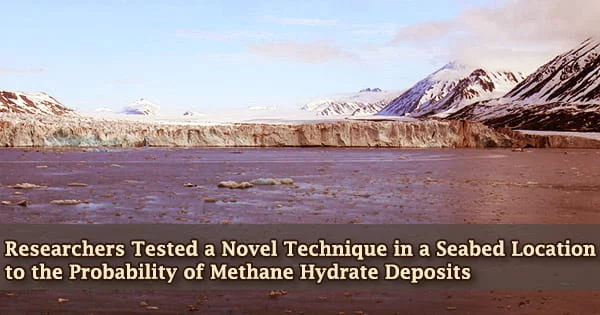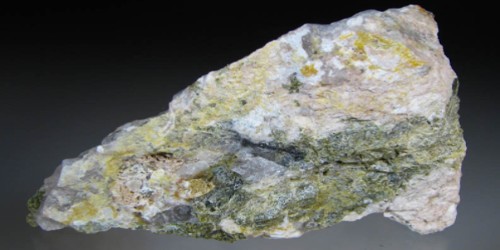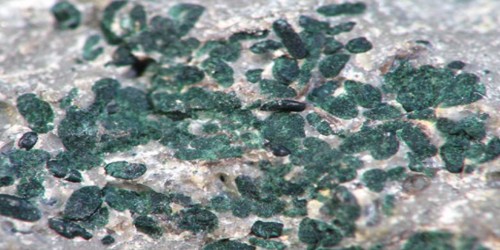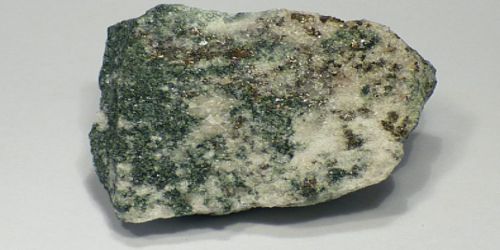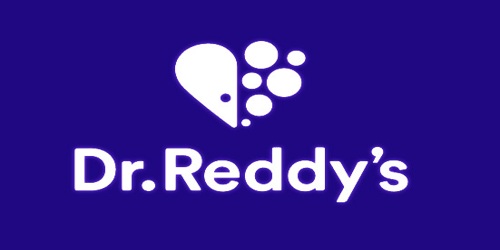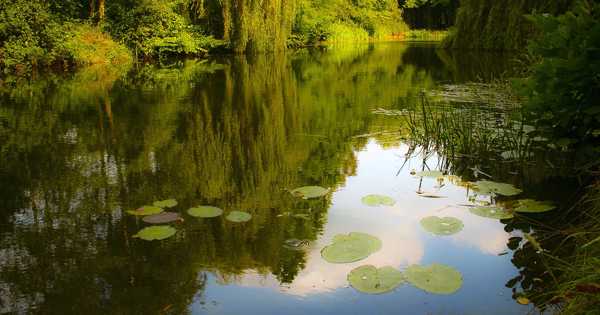When burned, methane hydrate, an ice-like solid comprised of compressed natural gas, burns and is found on the seafloor and in Arctic permafrost.
Methane hydrate, the world’s biggest source of natural gas, is a potential fuel source and a strong greenhouse gas if it “melts” and releases methane gas into the atmosphere. For these reasons, it’s critical to know where methane hydrate could be found and how much there is likely to be.
A team of researchers from Sandia National Laboratories and the US Naval Research Laboratory created a novel technique to predict the chance of discovering methane hydrate and gas on the seafloor off the coast of North Carolina, which was tested.
While methane hydrate deposits have been discovered in a number of sites, there are many unknowns about how much and where methane hydrate occurs on the seabed. Collecting samples from the bottom to look for methane hydrate deposits is difficult. Sandia’s computer modeling skills come into play here.
“This is the first time someone has been able to approach methane hydrate distribution in the same way we approach weather forecasting,” said Jennifer Frederick, a computational geoscientist and lead researcher on the project. “When you hear a weather forecast for a 60% chance of two inches of rain, you don’t necessarily expect exactly two inches. You understand that there is uncertainty in that forecast, but it is still quite useful. In most places on the seafloor, we don’t have enough information to produce an exact answer, but we still need to know something about methane and its distribution. By using a probabilistic approach, similar to modern weather forecasting, we can provide useful answers.”
Sandia’s long-standing expertise in probabilistic modeling is combined with Naval Research Laboratory machine learning methods in the new system. Modeling the region surrounding Blake Ridge, a ridge on the seafloor 90 to 230 miles southeast of North Carolina’s Outer Banks with known quantities of methane hydrate and methane gas, was used to test and enhance the method.
In an article published on March 14 in the scientific journal Geochemistry, Geophysics, Geosystems, the researchers released its Blake Ridge model and compared it to earlier empirical data.
‘Forecasting’ methane by combining uncertainty modeling with machine learning
The Global Predictive Seabed Model from the Naval Research Laboratory gives site-specific information on seafloor variables such as temperature, total carbon content, and pressure. If data for a region is absent, the Naval Research Laboratory’s model employs powerful machine-learning techniques to predict the missing value based on information from a nearby location with comparable geological characteristics.
One of the biggest things we found is that there is almost no formation of methane hydrates shallower than 500 meters, which is to be expected given the temperature and pressure needed to form methane hydrate.
William Eymold
The data from the Naval Research Laboratory’s model was loaded into Dakota, a Sandia software program that specializes in statistical sampling and analysis. They calculated the most likely value for important seabed parameters, as well as the natural variance in the data, using Dakota.
Then, using statistical methods, they entered a number from this predicted range for each attribute into PFLOTRAN, another Sandia-developed and maintained program. PFLOTRAN simulates chemical reactions and the movement of materials below or beneath the seafloor.
Thousands of methane production simulations of the Blake Ridge region were run by the researchers. All of the system’s software is open source and will be accessible for use by other oceanographic researchers.
“One of the biggest things we found is that there is almost no formation of methane hydrates shallower than 500 meters, which is to be expected given the temperature and pressure needed to form methane hydrate,” said William Eymold, a postdoctoral fellow at Sandia and primary author of the paper.
In low-temperature, high-pressure settings, solid methane hydrate is known to develop when methane molecules are trapped among well-organized water molecules.
Methane gas was also discovered closer to the beach. They were able to compare their model to previous studies’ methane hydrate values and samples acquired by the National Science Foundation’s Ocean Drilling Program a few decades ago, he added. Methane hydrate, for example, was discovered in a seabed sample taken from Site 997, a hole dug on Blake Ridge.
“The fact that we predicted methane hydrate formation in similar amounts to past studies and observations really showed that the system appears to be working pretty well, and we will be able to apply it to other geographic locations that may have less data,” Eymold said.
Importance of methane to the Navy and next steps
The Navy is interested in the finding of methane hydrate deposits and gas along the bottom.
“Understanding how sound interacts with the seafloor is really important for any kind of naval operation,” said Frederick. “Methane gas affects the acoustics dramatically. Even if only 1% or 2% of the pore space in the seafloor sediment is filled with a gas bubble, the speed of sound decreases a hundredfold or more. This is a very large effect, and if you don’t account for it properly, then you’re not going to get precise acoustics.”
Frederick compared a submarine employing sonar to the classic arcade game Breakout, in which the player pushes a paddle horizontally to keep a ball bouncing in order to smash a brick wall. The seabed, in this example, is the “paddle” that reflects or refracts sound waves, or the “ball” that provides a full picture of obstructions in the ocean.
The game would become significantly more tough if the paddle began to bounce the ball differently or held on to the ball for variable durations of time depending on where the paddle was situated.
So far, the team has used its technique to generate models of a section of the Norwegian Sea between Greenland and Norway, as well as shallow waters of the Arctic Ocean outside of Alaska’s North Slope.
Frederick has also collaborated with a broad group of international scientists to determine how much methane and carbon dioxide are trapped in the shallow Arctic seafloor, as well as how vulnerable such deposits are to rising temperatures.
The team has also developed a far coarser model of the entire globe and begun investigating the mid-Atlantic, where methane gas was discovered bursting up from the bottom a few years ago.
“It will be interesting to see if our model is able to predict these regions of methane seeps on the seafloor,” Frederick said. “We’d like to see if we can predict the distribution of these methane seeps and whether they are consistent with the thermodynamic properties of methane-hydrate stability. When you see a seep, that means that there is a lot of gas beneath the seafloor. That will significantly impact how sound travels through the seafloor, and thus sonar. Also, these deposits could be a source of natural gas for energy production, will impact the ocean ecology and nutrient cycles, and if that gas reaches the atmosphere, it will have climate change implications.”
Sandia’s Laboratory Directed Research and Development program financed this study. Frederick is looking for financing to continue working on the research with her Naval Research Laboratory coworkers.
